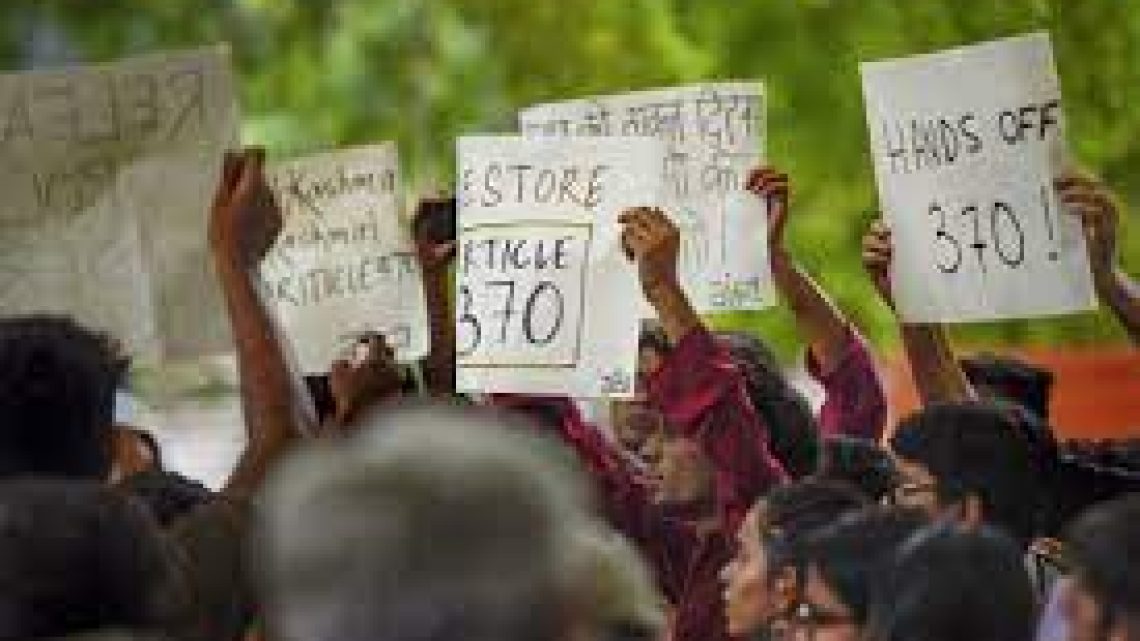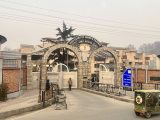
Revocation of Article 370
June 26, 2024 Off By Sharp MediaKashmir is one of the most beautiful places on Earth, often referred to as paradise. However, it remains a contentious issue between Pakistan and India, having sparked more than two wars. Both nations possess nuclear weapons, which raises the specter of nuclear conflict. On August 5, 2019, India revoked Articles 370 and 35A of the Jammu and Kashmir Constitution. Article 370 granted Jammu and Kashmir special autonomy, including its own constitution and flag, with only defense, foreign affairs, and communications under central control. Additionally, Article 370 restricted non-locals from acquiring land or permanent residency in the territory. This revocation was celebrated by some as a victory but criticized both internally and externally. However, the criticism was not as extensive as expected due to the world’s silence, influenced by India’s strong economy, active diaspora, and effective diplomacy.
The international community has expressed concern over human rights violations in Kashmir. Indian security forces have been accused of excessive force, arbitrary arrests, and detentions, particularly during counterinsurgency operations. Internet outages and communication disruptions have restricted free expression and information access. Human rights organizations have condemned the use of pellet guns during protests, which have caused serious injuries and disabilities among civilians. The strong military presence has led to fears of harassment and intimidation. While India claims these measures are for security, calls for impartial investigations and human rights discussions persist both domestically and internationally.
When India revoked Article 370, many Muslim countries remained silent due to their political and economic interests embedded in Indian foreign policy. For instance:
United Arab Emirates (UAE): India’s main Middle Eastern trading partner, with bilateral trade in petroleum products, precious metals, diamonds, machinery, textiles, and agricultural items.

